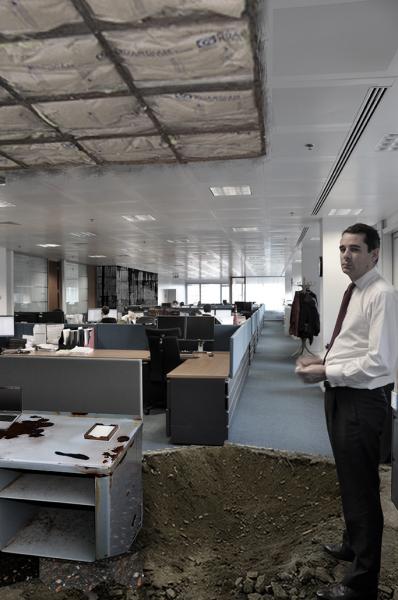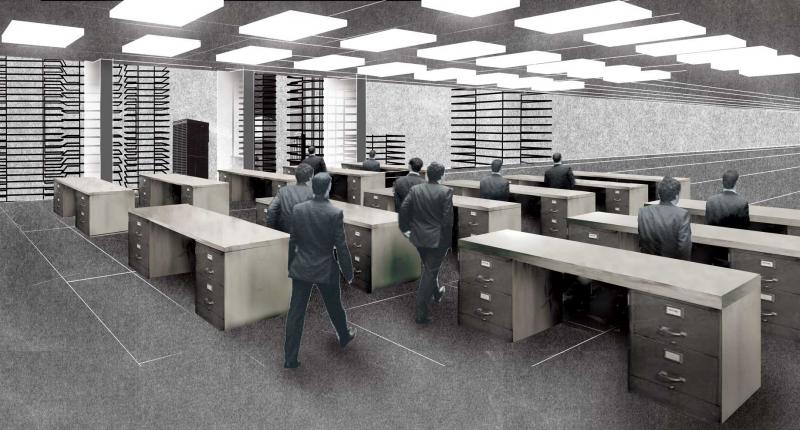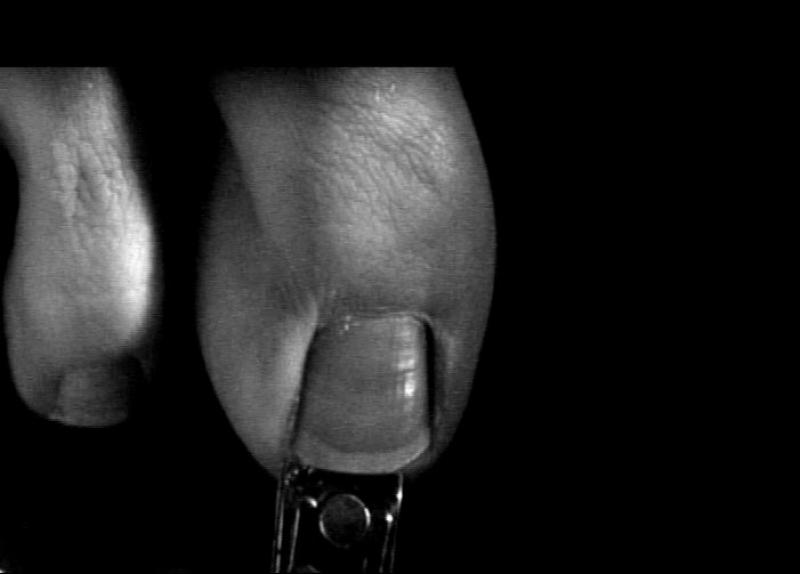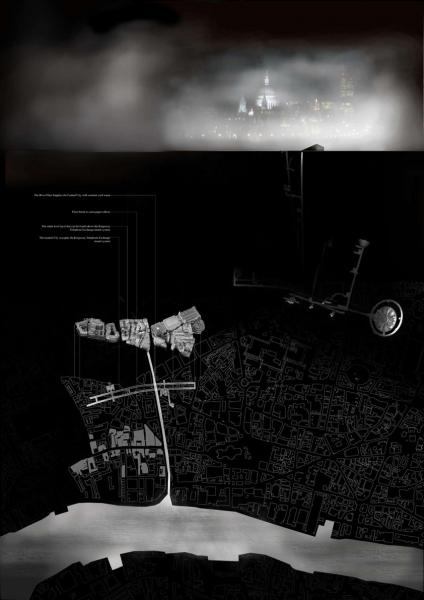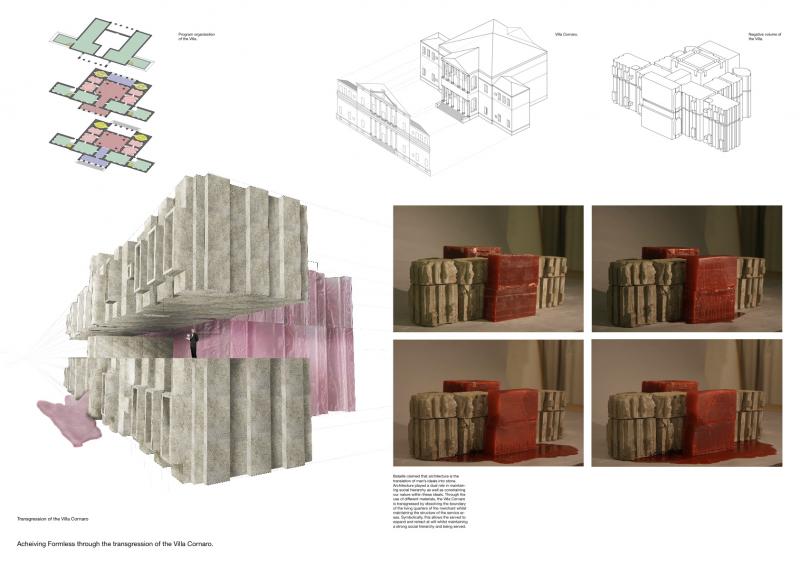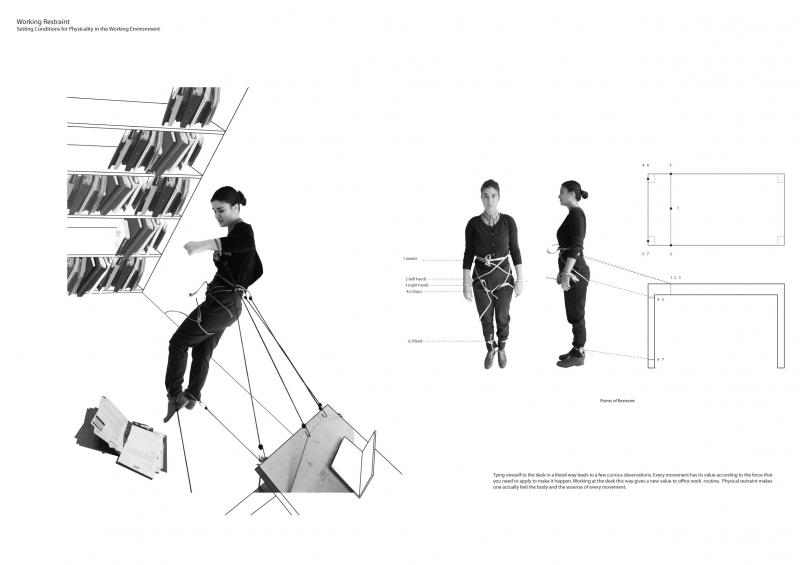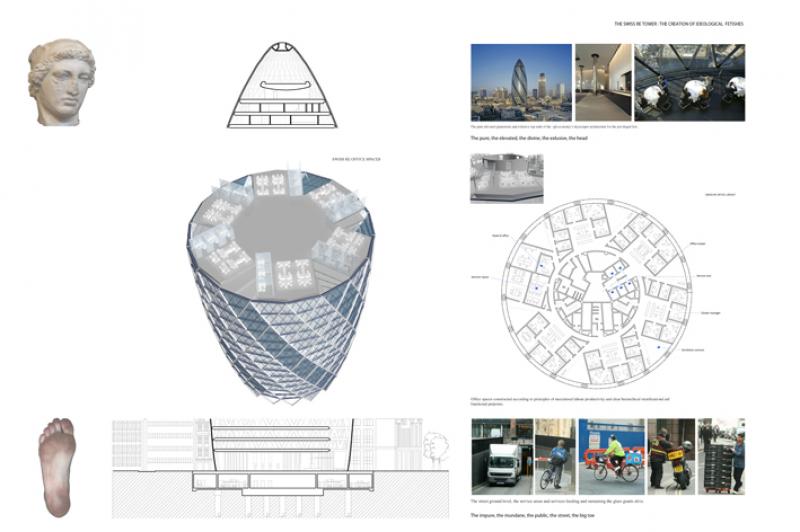Formless
The notion of ‘formless’ provided the backdrop for the unit investigation into space and how we might contemplate the contemporary city. George Bataille’s cryptic ‘dictionary’ entry in an 1929 issue of Documents magazine explains ‘Formless’ as that which ‘serves to bring things down in the world’, suggesting an anti-ideal and transgressive methodology that aims to declassify and subvert meanings.
Formlessness has been explored in the past essentially through form and architectural language. Intermediate 13 has been interested in formlessness in relation to human experience and habitation within the city – where formless can be read as a reaction to established ideals or authorities that operate to homogenise and control. With this in mind we focused on the financial district of the City of London.
Early observation and investigation uncovered underlying power structures and norms of the city that could be challenged through the transgression of limits and ambiguous boundaries. Urban cultural communities are explored through Ioana’s underground journalist server farm and Lise’s corporate tower, reappropriated for domestic occupation. Base materiality and the sublime are explored through George’s sacred earth retreat atop a tower and Olle’s water playground. Sophie’s art residency in a bank and Linnea’s museum / office complex provide platforms for corporate irritants. Cutting boundaries and transience are at the core of Bruno’s cinematic strip and Huida’s dirty riverbank ‘capriccio’ city. Evan’s proposal to introduce ‘low’ economies through excavation and Natalia’s rubber environment for the body both aim to liberate the streets. Graham’s labyrinthine court of reconciliation for wayward bankers and Stefan’s carnival of waste and destruction explore sacrifice, both critiquing and celebrating the excesses of the city.
Special Project
Excerpts from selected issues of Fulcrum, the AA’s weekly free sheet. Each week, Fulcrum typically revolves around two commentaries or viewpoints written by students, tutors, critics, architects, artist and more from inside the AA as well as from outside that comment on a single topic. Occasionally veering off from this model the free sheet presents interviews and anonymous statements from AA students.
Edited and designed by Graham Baldwin, Aram Mooradian & Jack Self
Excerpts of Fulcrum within this publication include portions of issues
3, 4, 5, 11, 13.
